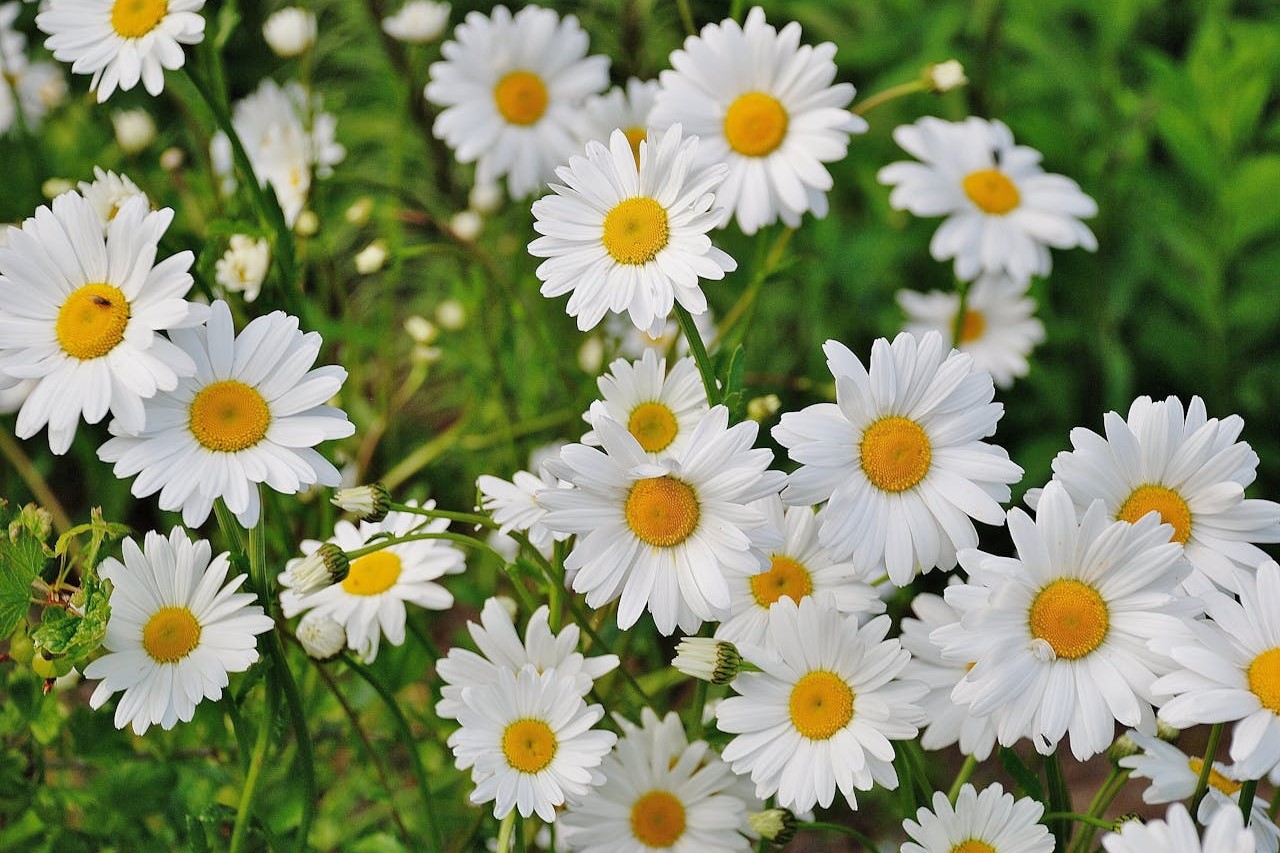
12 Best Perennials to Grow in Your Montana Garden
Source: Pixabay
Growing beautiful flowers that bloom yearly involves seed selection, soil prepping, planting, watering, weeding, and fertilization. It can be heart-wrenching to do this tedious work only for the plant to die after the first bloom. Thus, perennial plants are the go-to because of their regenerative ability.
Montana is known for its short growing season and harsh winters. Much of its plant’s hardiness zones fall between zones 3 and 6. With this in mind, we have selected the 12 best perennials to thrive in Montana.
- Astilbe
- Bee Balm
- Columbine
- Gaillardia
- Bleeding Hearts
- Lily of the Valley
- Sweet William
- Delphinium
- Tiger Lily
- Painted Daisy
- Coreopsis
- Daylily
Astilbe
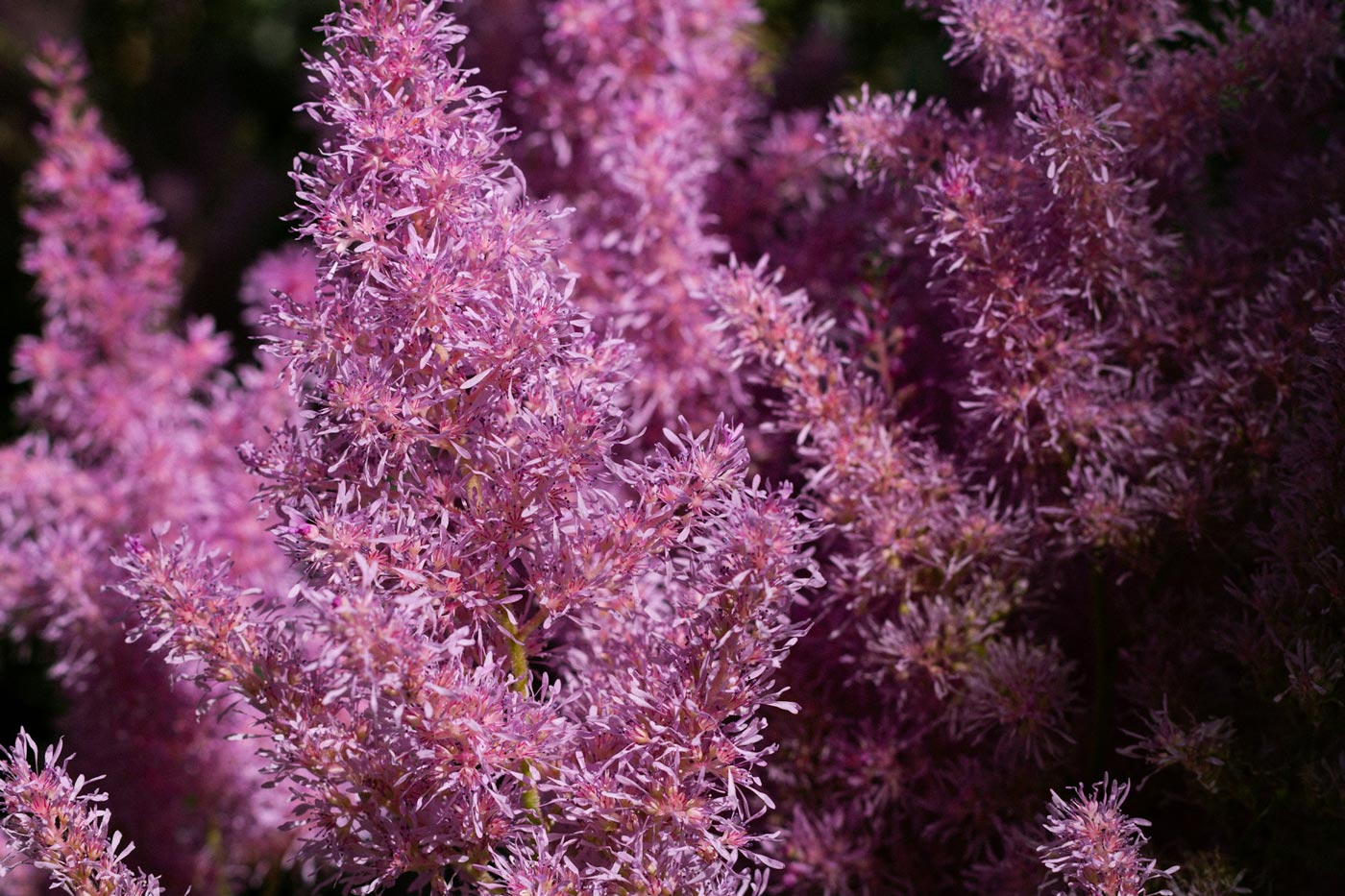
Source: K8 on Unsplash
You can recognize an Astilbe by the feathery flowers in shades of purple, white, red, and pink on high-rising stalks, adding a vibrant feel to the garden.
They are best grown in the shade because hot sunlight can burn the flowers’ vibrant foliage. They are usually pest-free and require low maintenance once fully grown. Astilbe blooms from late spring to late summer.
Hardiness zone: 4-9
How to grow and maintain Astilbe indoors
- Mix the soil with fertilizer before planting and twice a year after the plant matures.
- Place the plant in the shade.
- Water the roots regularly.
- Keep indoors warm, preferably above 60°F.
Bee Balm
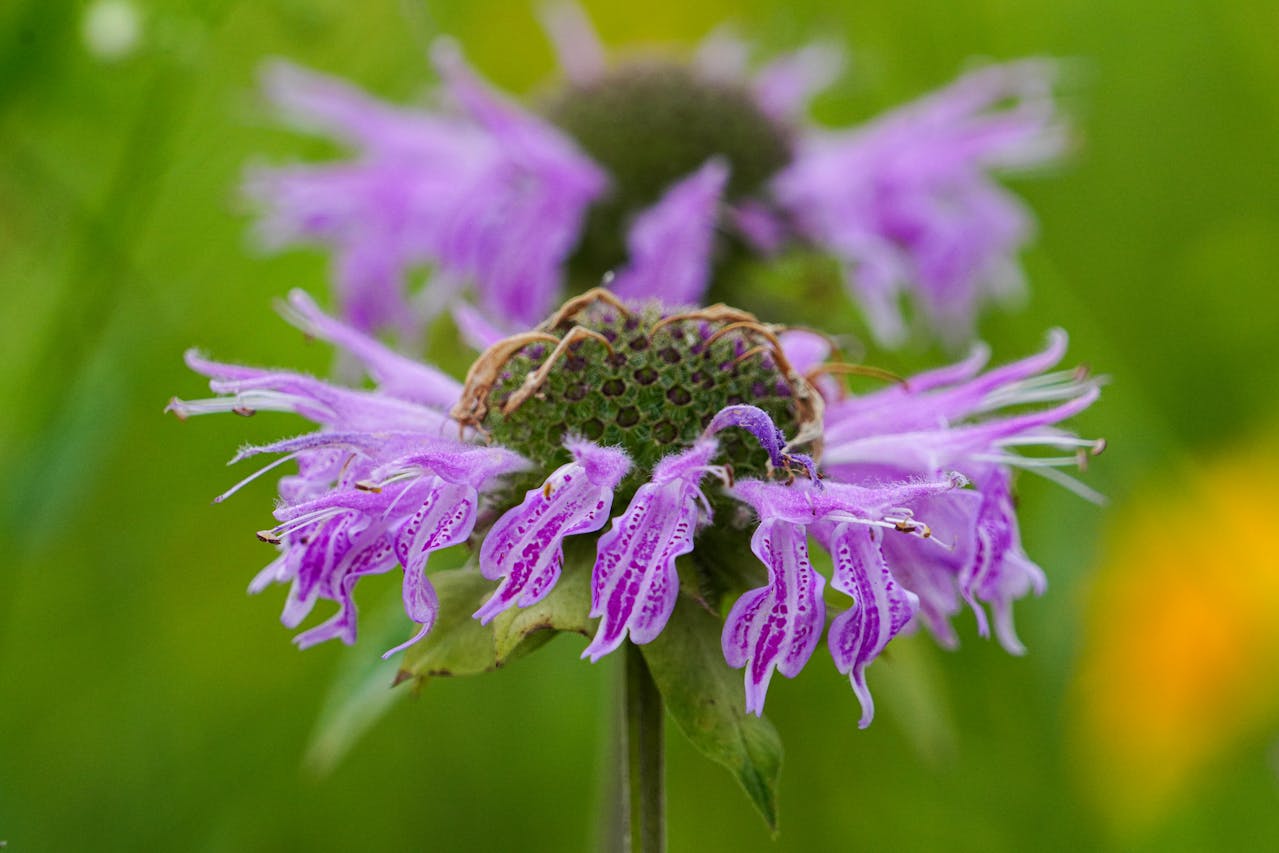
Source: Daejeong Kim
The Bee balms’ bright color variants of warm red and cool lavenders fit into any garden’s color scheme and attract pollinators like bees and hummingbirds.
Unlike the Astilbe plant, the Bee Balm prefers sunshine and dry conditions. It also provides a few health benefits, such as repelling mosquitoes. Its bloom period occurs between early summer and fall.
Hardiness zone: 3-9.
How to grow and maintain Bee Balm indoors
- The plant grows deep roots; plant in a pot at least 12 inches deep.
- Ensure the soil mix includes sand and organic matter.
- Expose the plant to about 6 hours of sunlight daily.
- Keep indoors warm and induce humidity if you can.
- Prune when necessary to aid growth.
Columbine
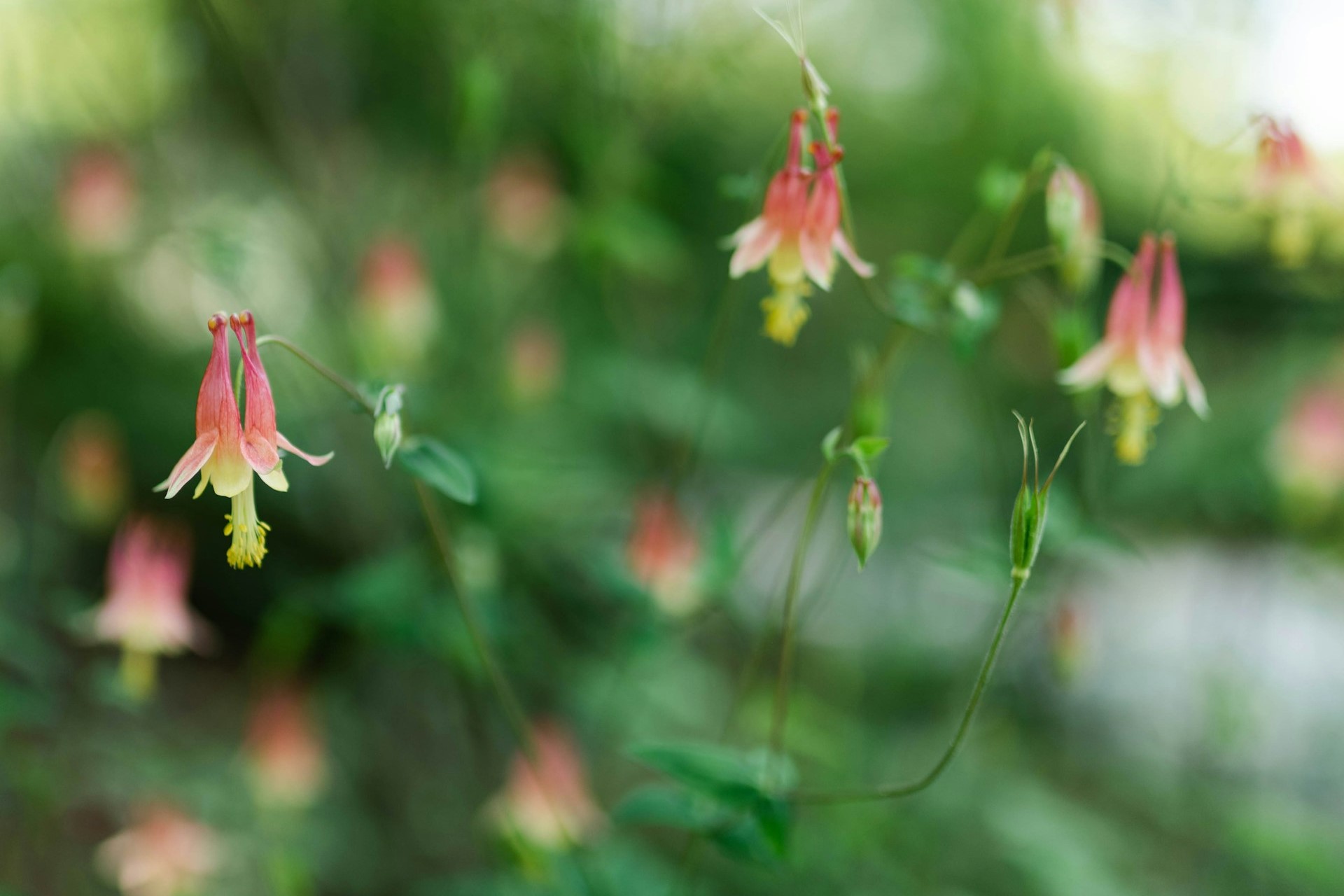
Source: Elizabeth Villalta
A Columbine flower with its distinctive clown cap-like bloom is an exotic plant to adorn your garden. It is an herbaceous perennial in shades of pink, blue, yellow, white, orange, and pink—a garden magnet for butterflies and hummingbirds.
While this plant has excellent ornamental value, some species are toxic and require careful handling. It can grow up to 3 feet.
Hardiness Zone: 3-8
How to grow and maintain Columbine indoors
- Use well-drained soil for it to grow properly.
- Seed requires sunlight for growth; simply press it into the soil.
- Keep the plant in the shade.
- Ensure the soil is constantly moist and warm temperature indoors.
Gaillardia
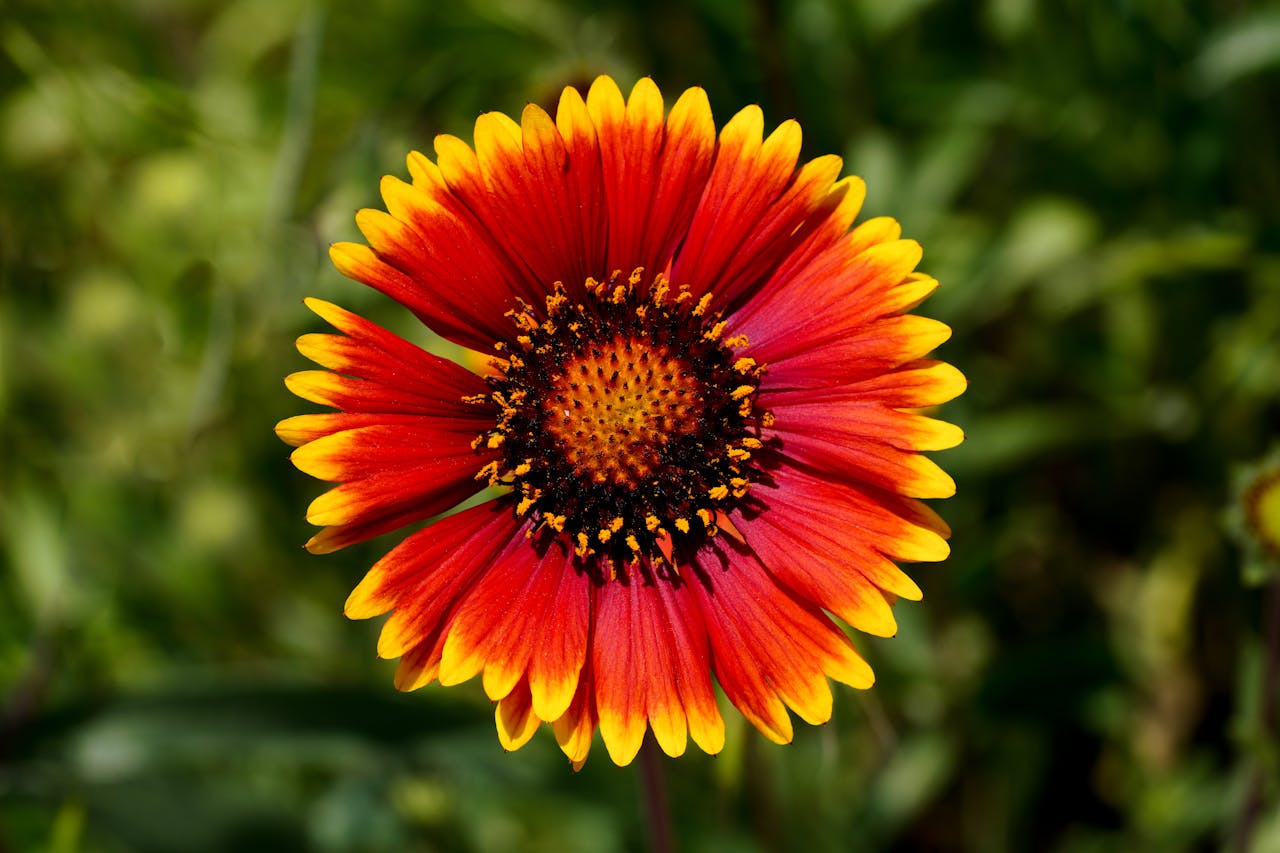
Source: Daejeong Kim
Also named the blanket flower, the Gaillardia is a charming flower with a heavy bloom that spreads about 20 inches and grows as high as 24 inches. It is famous for how easily it grows and spreads over space.
Gaillardia thrives best in the sun and requires moist soil while growing. A grown one is drought tolerant. Despite its beauty, it is not friendly to touch as it can cause skin irritation, so always handle it with care.
Hardiness zone: 3-10
How to grow and maintain Gaillardia indoors
- Ensure the soil mix is loose to aid drainage.
- Place the plant in a place with sunlight.
- Water when topsoil begins to harden.
- Keep indoor conditions slightly pleasant.
Bleeding Hearts
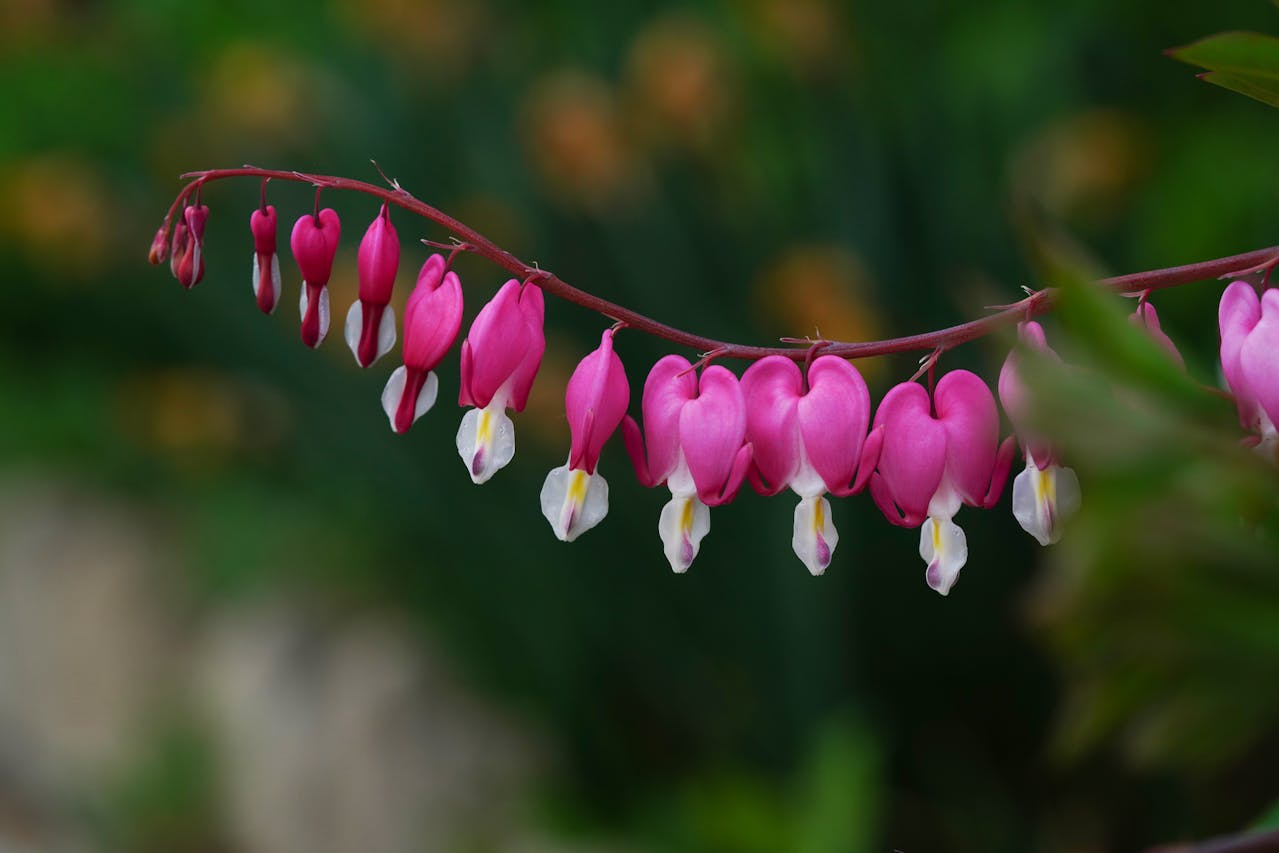
Source: Daejeong Kim
Bleeding heart is a heart-shaped flower with white teardrops that can add a touch of natural beauty to your home. It’s a shade loving plant that blooms in early spring in pink, white, and red.
Bleeding hearts require moist soil that can trap water to grow well.
Hardiness zone: 3-8.
How to grow and maintain Bleeding Hearts indoors
- Grow in the shade with indoor temperature of 55°F to 70°F.
- Ensure soil is always moist and artificially induce humidity by placing a water-filled tray beneath the plant container.
- Add fertilizer every 4 – 6 weeks.
Lily of the Valley
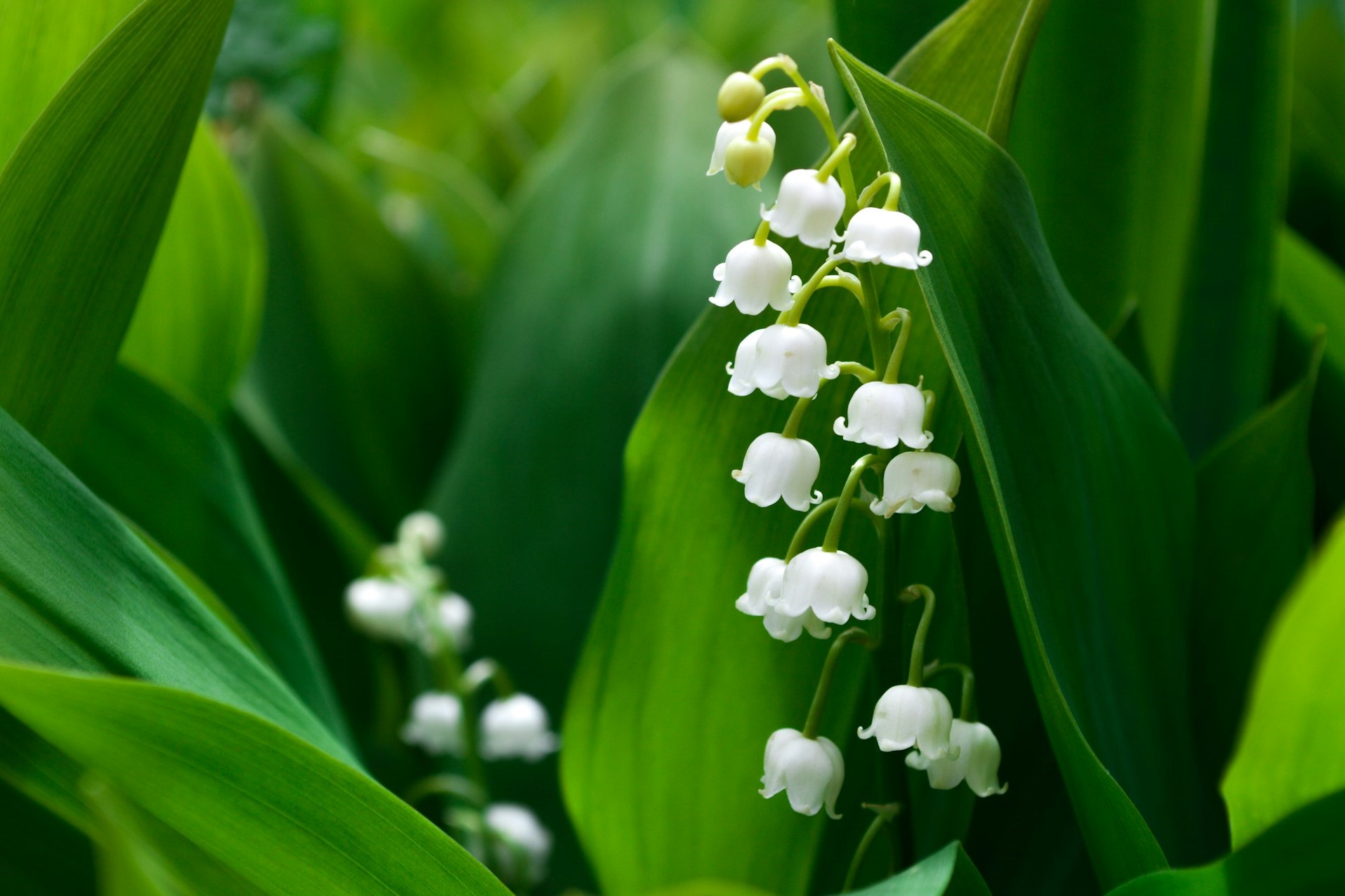
Source: Pixabay
This flower induces calm, and its fragrance is exciting. The bloom ranges from white to delicate pink. During spring, the flowers look like tiny bells.
If you plant it during spring, the roots can develop fully. This moisture-loving plant can grow between 6 and 12 inches in height and spread.
Hardiness zone: 3-8.
How to grow and maintain Lily of the Valley indoors
- Place the plant in the shade.
- Water with room temperature water
- Add fertilizer every 4- 6 weeks during the growing season.
- Ensure the plant is indoors before the first winter frost to induce overwintering.
Sweet William
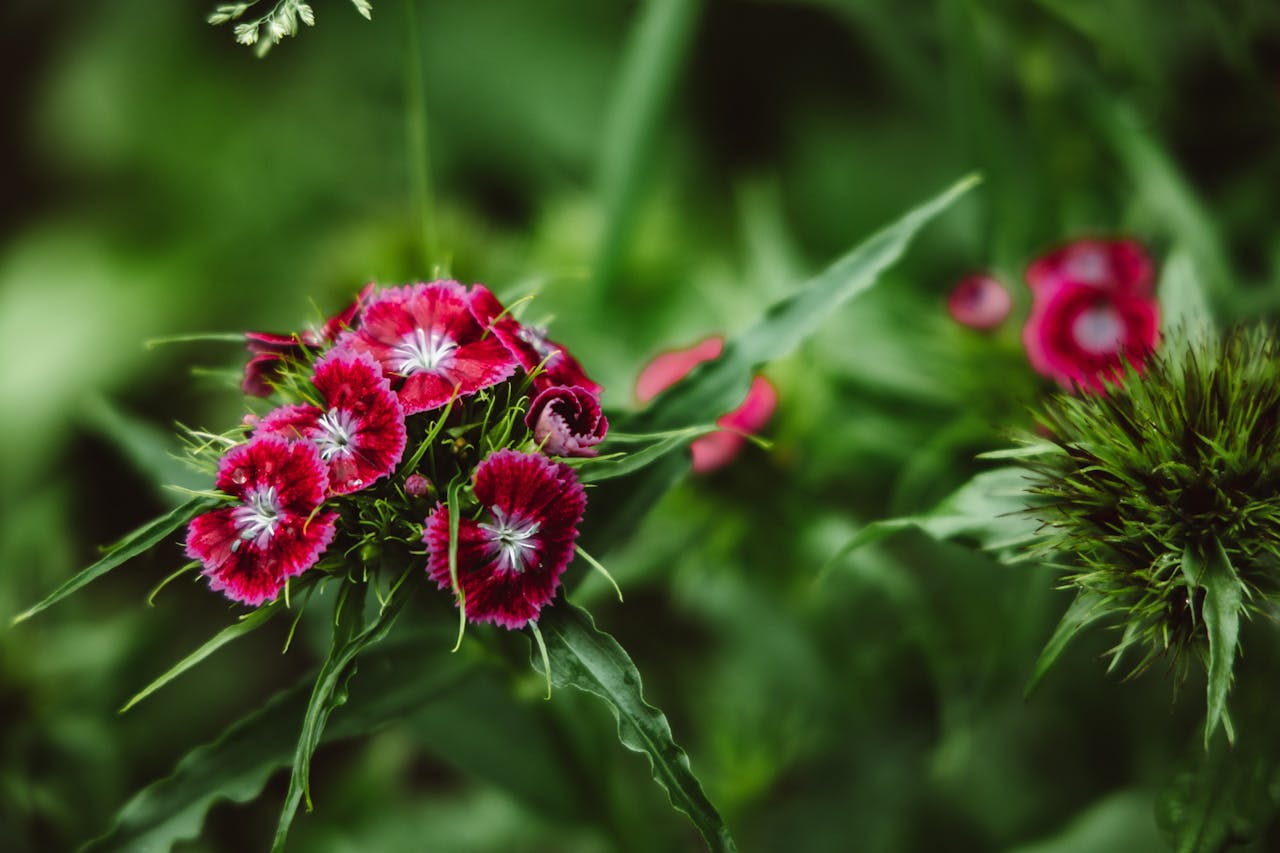
Source: Roman Odintsov
Sweet William is a gorgeous plant that grows clusters of bloom in shades of pink, red, and white, with interesting combinations of these colors sometimes.
Its average height is between 1-2 feet and attracts butterflies and hummingbirds, which can be delightful to your window or garden.
It grows in full or partial sun and starts to bloom in late spring.
Hardiness zone: 3-9.
How to grow and maintain Sweet William indoors
- Grow with loamy soil
- Plant seeds 2 to 8 weeks before the last frost
- Feed with fertilizer during the growing season.
- It requires lots of sunlight.
- Water when soil is getting dried.
Delphinium
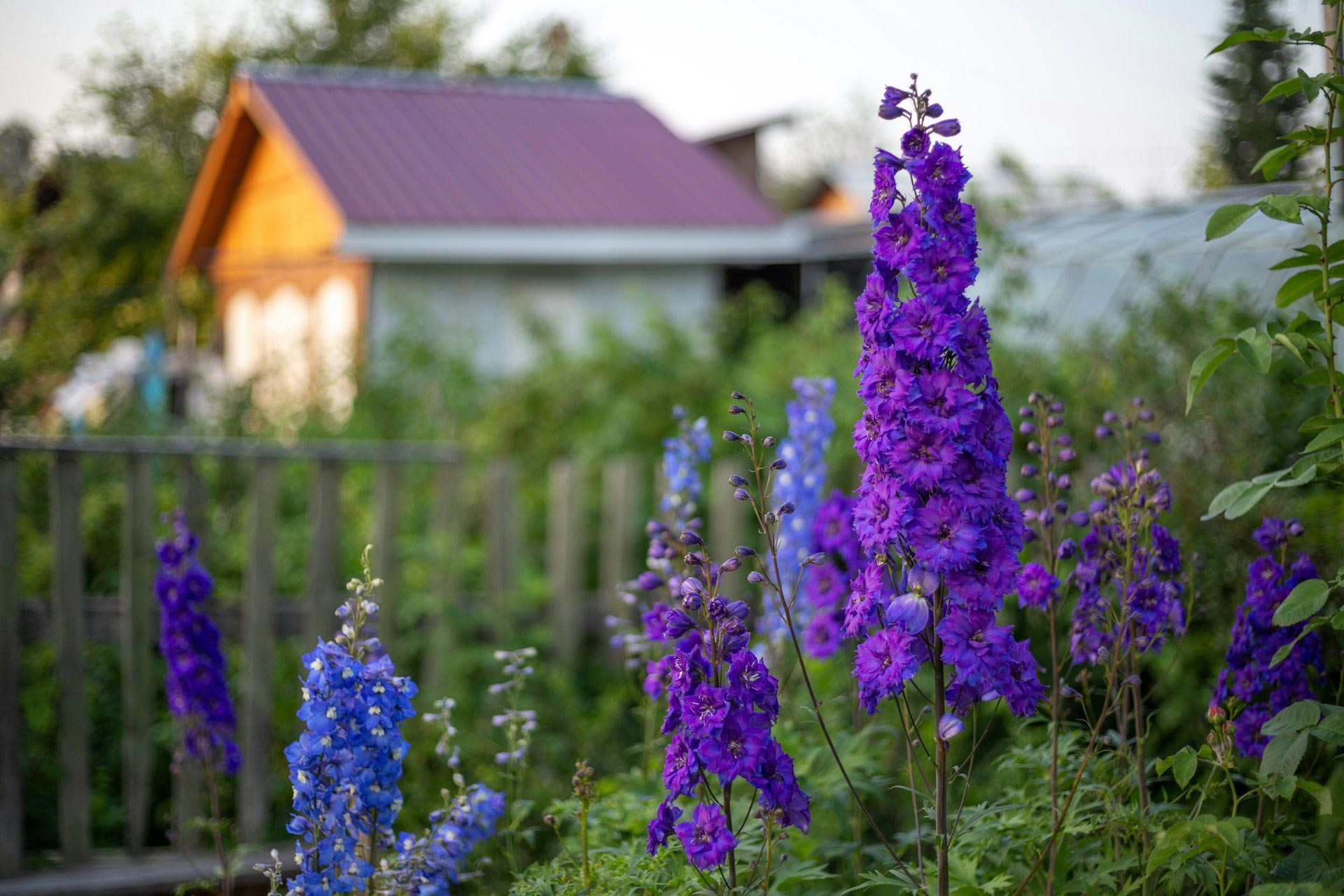
Source: Alexey Rusakov
This flower, also known as Larkspur, grows and blooms on straight stems in clusters. Its varieties are primarily blue, lavender, and sometimes pink and white.
They are effortless to grow and prefer moderately moist, well-drained soil. They can attain a height of 4 feet and bloom in bold colors mid-summer.
Hardiness zone: 3-7.
How to grow and maintain Delphinium indoors
- Ensure the seed gets full sunlight when planted.
- The soil should be a fertile mix that drains well.
- Keep the soil moist with a sprayer.
- Feed a slow-release fertilizer when the plant starts growing.
- Keep temperature moderate during summer.
Tiger Lily
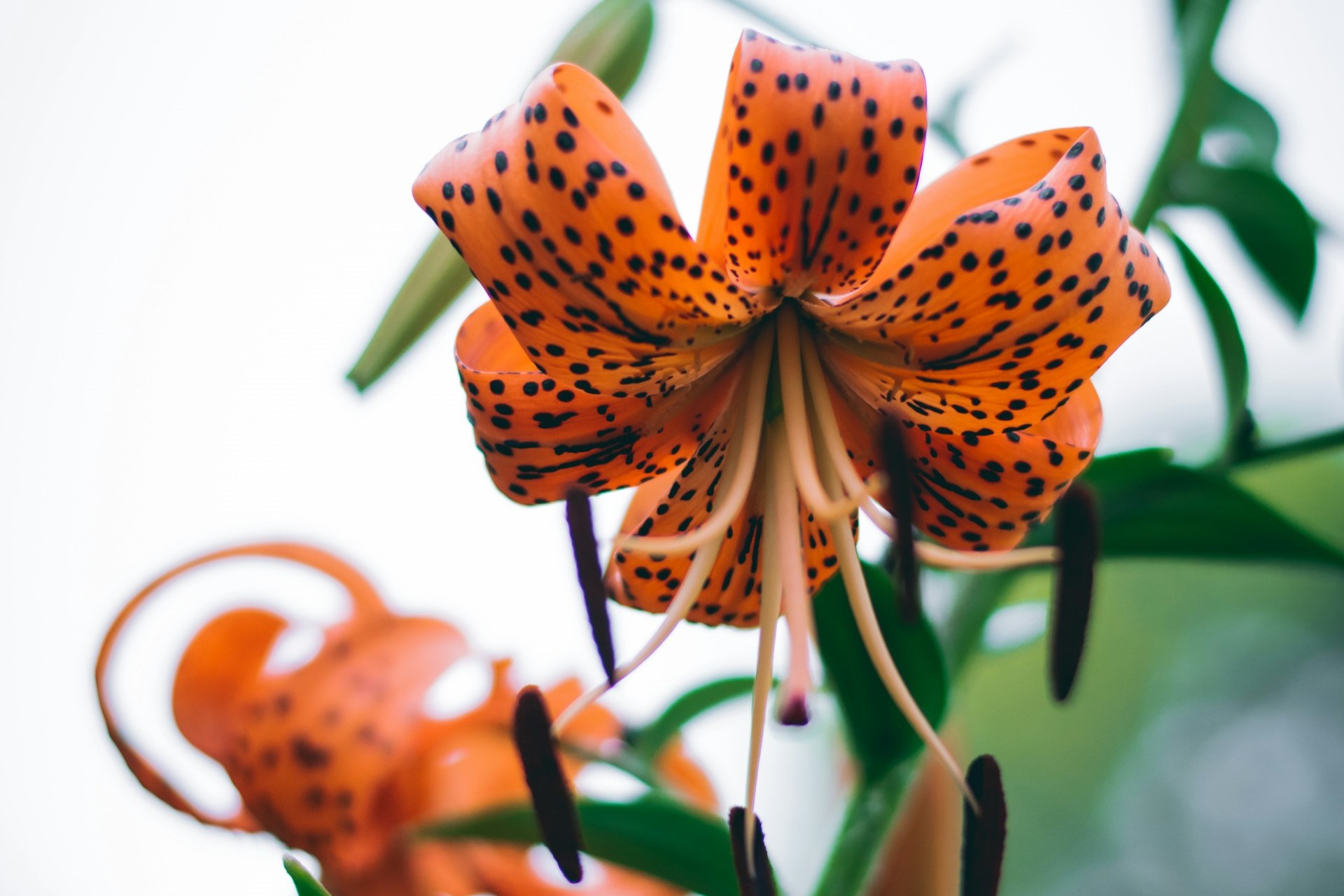
Source: Tina Dawson
The Tiger lily neither attracts Tigers nor has strips; it only attracts hummingbirds. The orange flowers with dark spots on the petals are the most common, but there are white, red, and yellow petal variations.
They are easy to grow and bloom between late summer and early fall. They flourish in the sun with well-drained soil and will grow to 4 to 5 feet under the right conditions.
Hardiness zone: 3-8.
How to grow and maintain Tiger Lily indoors
- Needs 6 to 8 hours of daily sunlight.
- Water heavily occasionally.
- They can be toxic to pets, so keep them off.
Painted Daisy
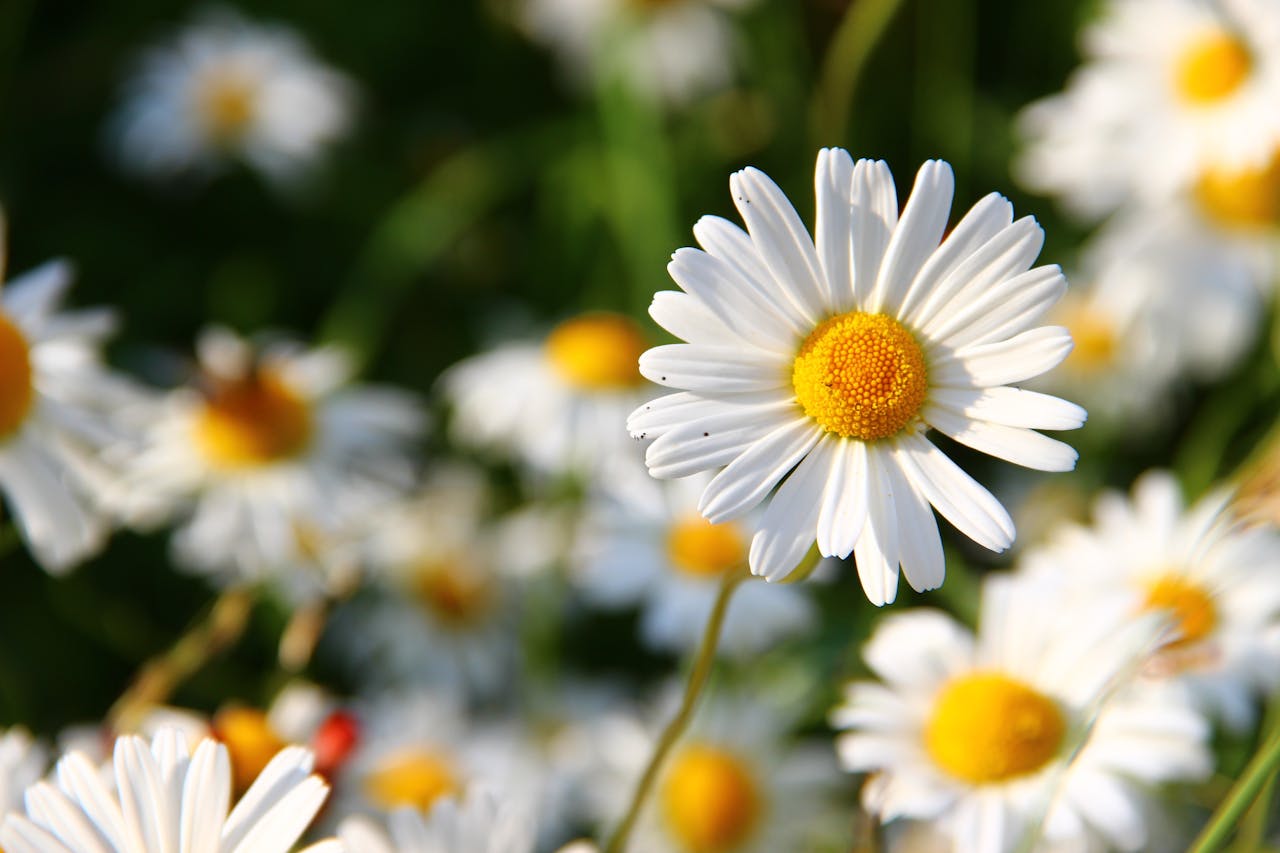
Source: Pixabay
These spreading bloom flowers look like artistically painted flowers. The yellow centers and blooms, which can be red, pink, crimson, magenta, or white, create a colorful contrast to any space.
When cultivated properly, these flowers can grow up to 3 feet with a bloom spread of 18 inches. Despite being attractors for butterflies, they can be toxic to humans and pets, so be cautious.
Hardiness zone: 3-7.
How to grow and maintain Painted Daisies indoors
- Plant seeds in the spring after the frost
- Ensure the soil mix is well-draining and daily sun exposure
- It does not require frequent watering
Coreopsis
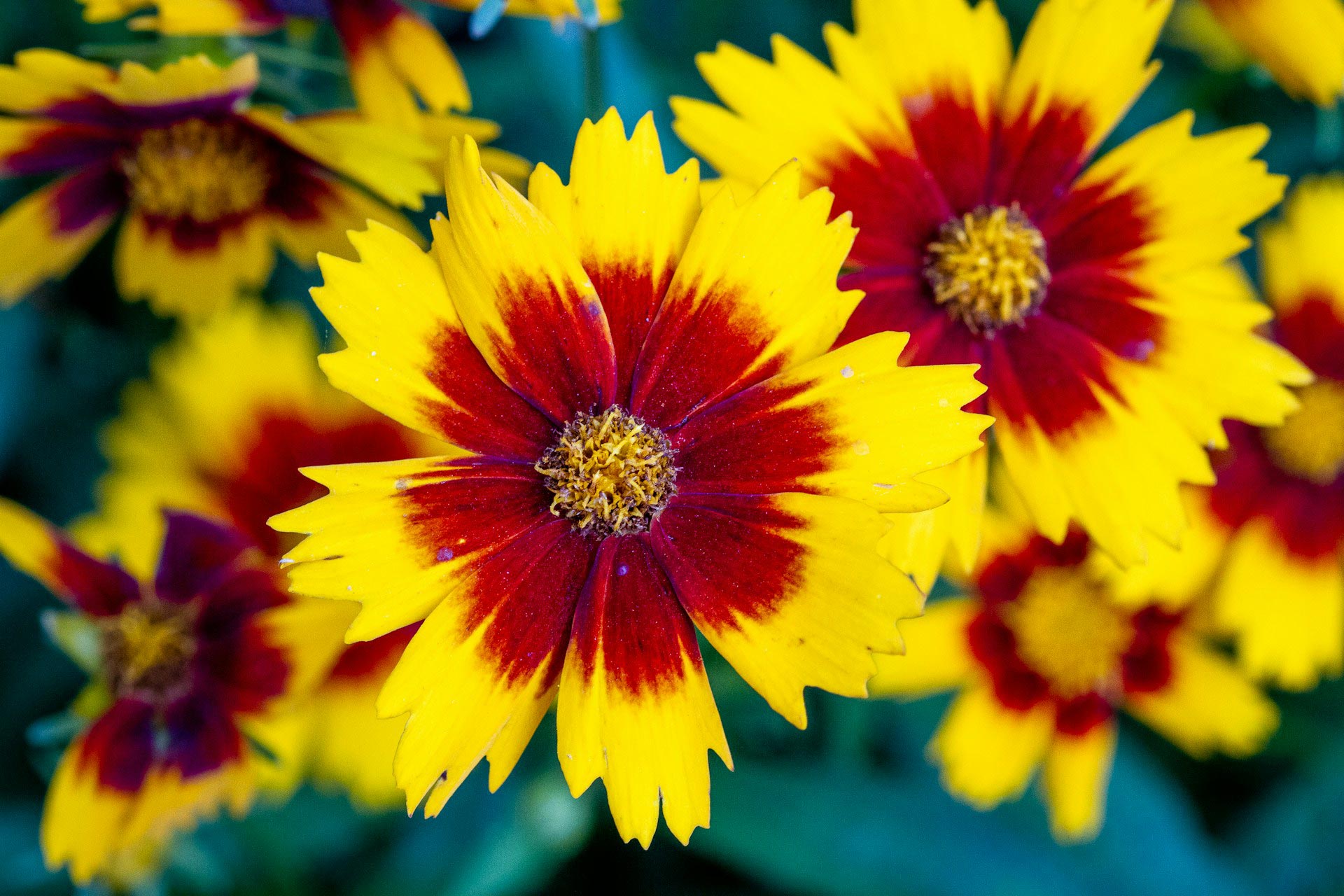
Source: Joshua J. Cotten
Coreopsis are fiery-colored, low-maintenance perennials in shades of yellow or gold. They require lots of sunlight to grow well and can produce single or double-petaled flowers.
They are best planted after the last frost of spring and need moist soil that drains well. These free-growing perennials will naturalize a space if allowed to grow freely.
Hardiness zone: 4-9.
How to grow and maintain Coreopsis indoors
- Don’t cover seeds with soil; press them into the soil.
- Slightly drought and humidity resistant.
- Fertilizer reduces flower production, so avoid it.
Daylily
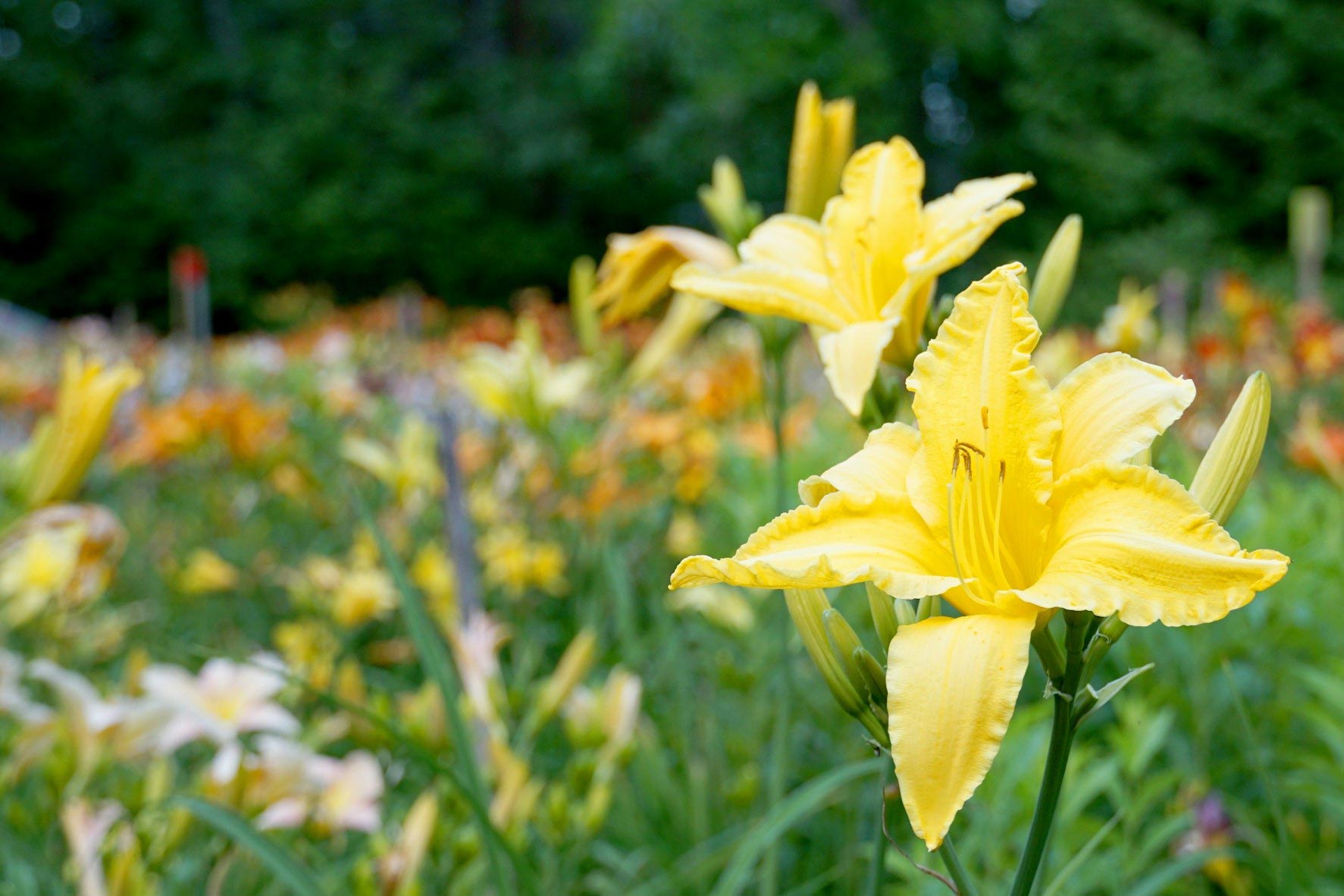
Source: Patricia Lavigne
These brightly colored flowers are for lovers of butterflies. The blooms can be orange, pink, purple, white, red, or yellow. They are easy-care plants because of their disease- and pest-free and drought-resistant nature.
Also, they grow well in almost any soil and have a long bloom period. This plant in your space is an ornamental jackpot. They can grow up to 4 feet with a spread of 2 feet.
Hardiness zone: 3-9.
How to grow and maintain Daylily indoors
- Plant in spring or early fall at least six weeks before the first frost.
- Keep in the sun with well-drained, fertile soil for full growth and bloom.
- Water once a week until the plant matures.
What is the most popular flower in Montana?
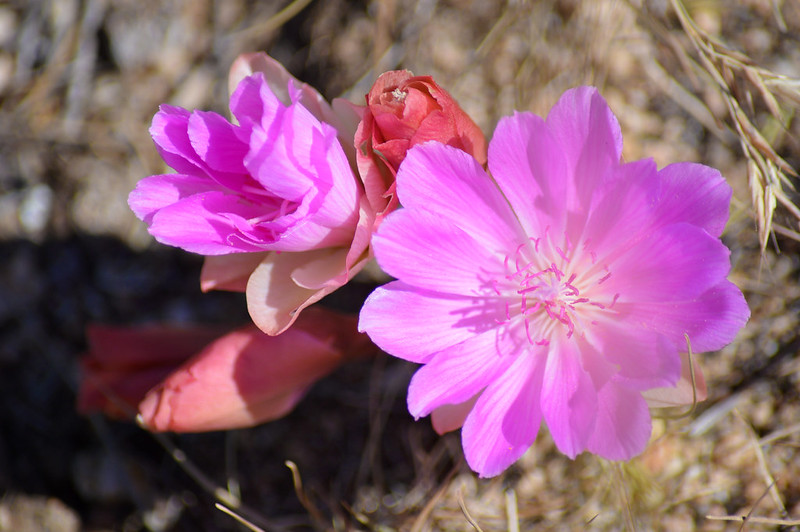
Source: Jennifer Strickland
The only correct answer is the Bitterroot, the Montana state flower. It is a delicate but hardy perennial in Bitterroot Valley and Western Montana. It blooms briefly around May or June.
The flowers are in shades of pink, red, and white blossom with pointed or slightly rounded petals. It thrives in dry and sandy soils and grows in sparsely vegetated locations. You will encounter these colorful delights on a scenic hike through Waterworks Hill.
Which flower is the easiest to grow in Montana?
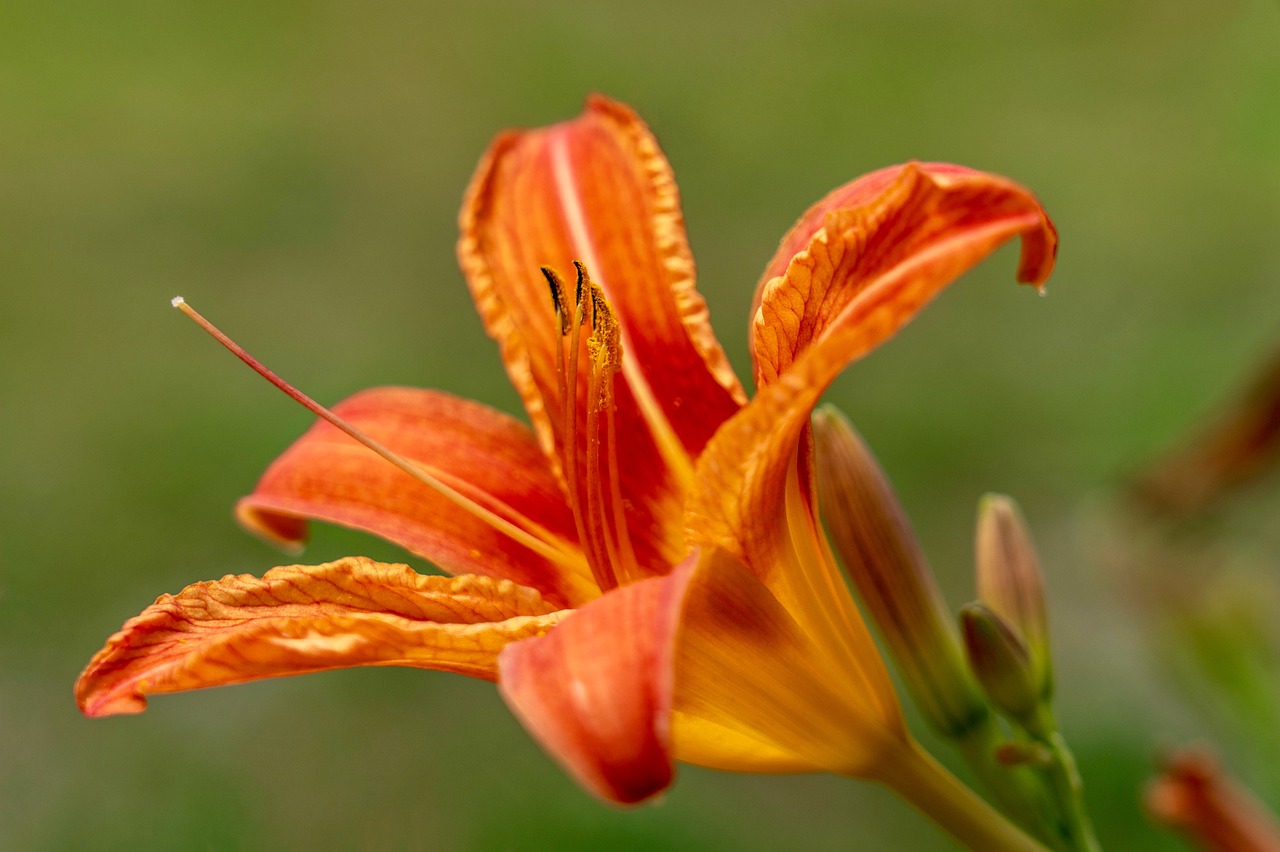
Source: Pixabay
While ornamental value is a significant concern when selecting flowers, it’s also essential to consider the ease of growing. Climate and soil conditions will determine how well a flower will grow.
Considering the factors above, Daylilies are one of Montana’s easiest flowers to grow and maintain.
